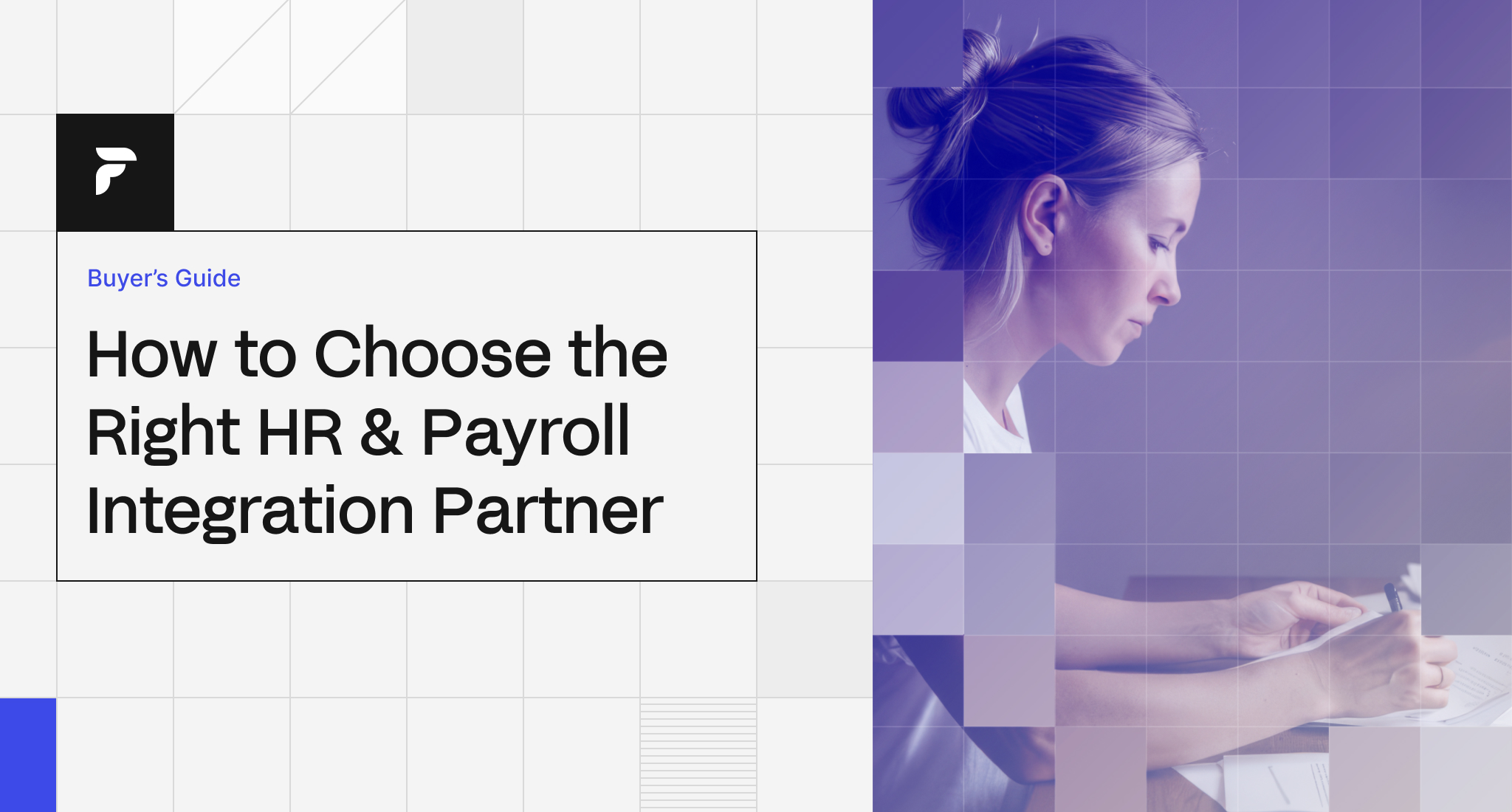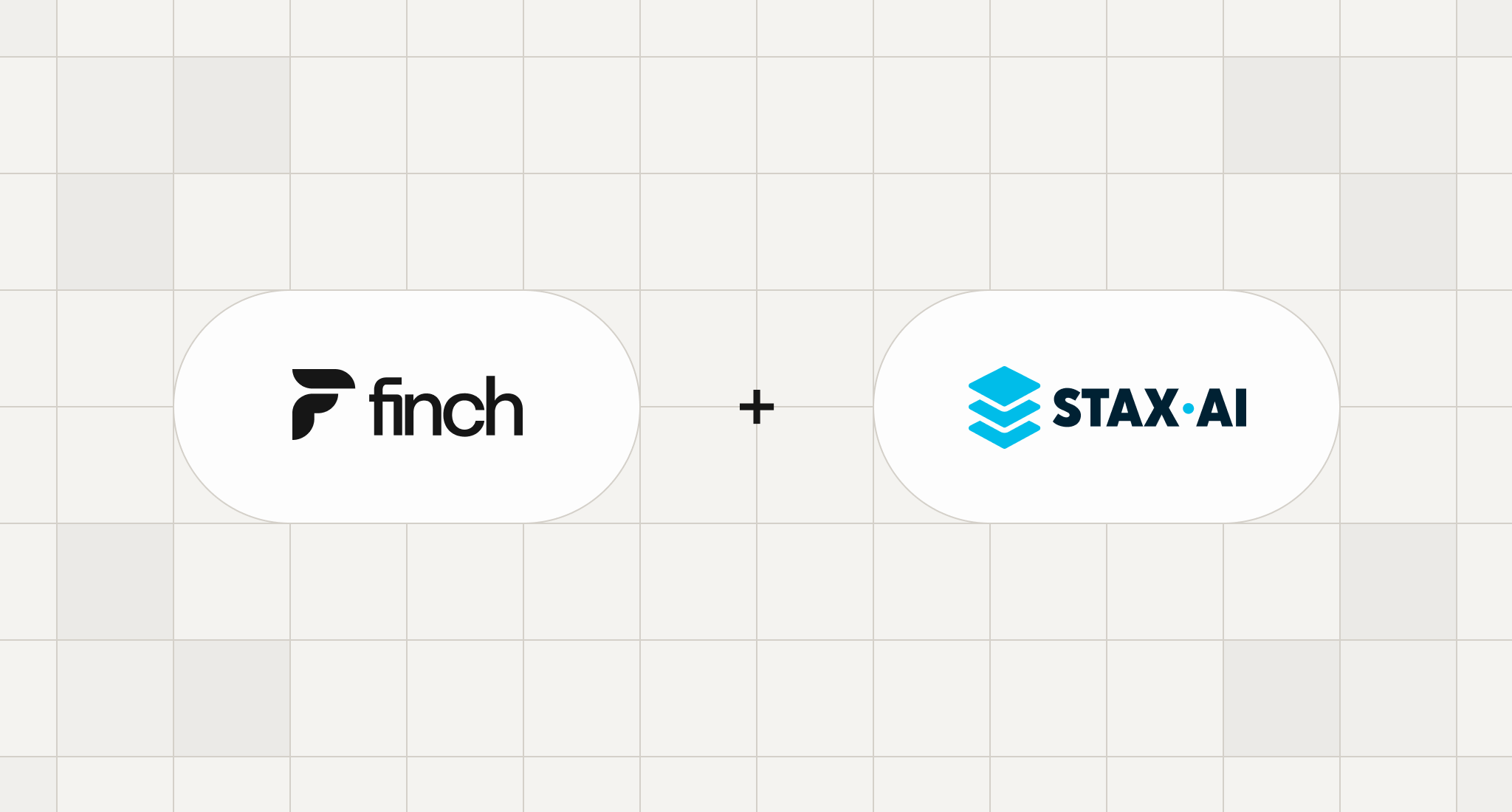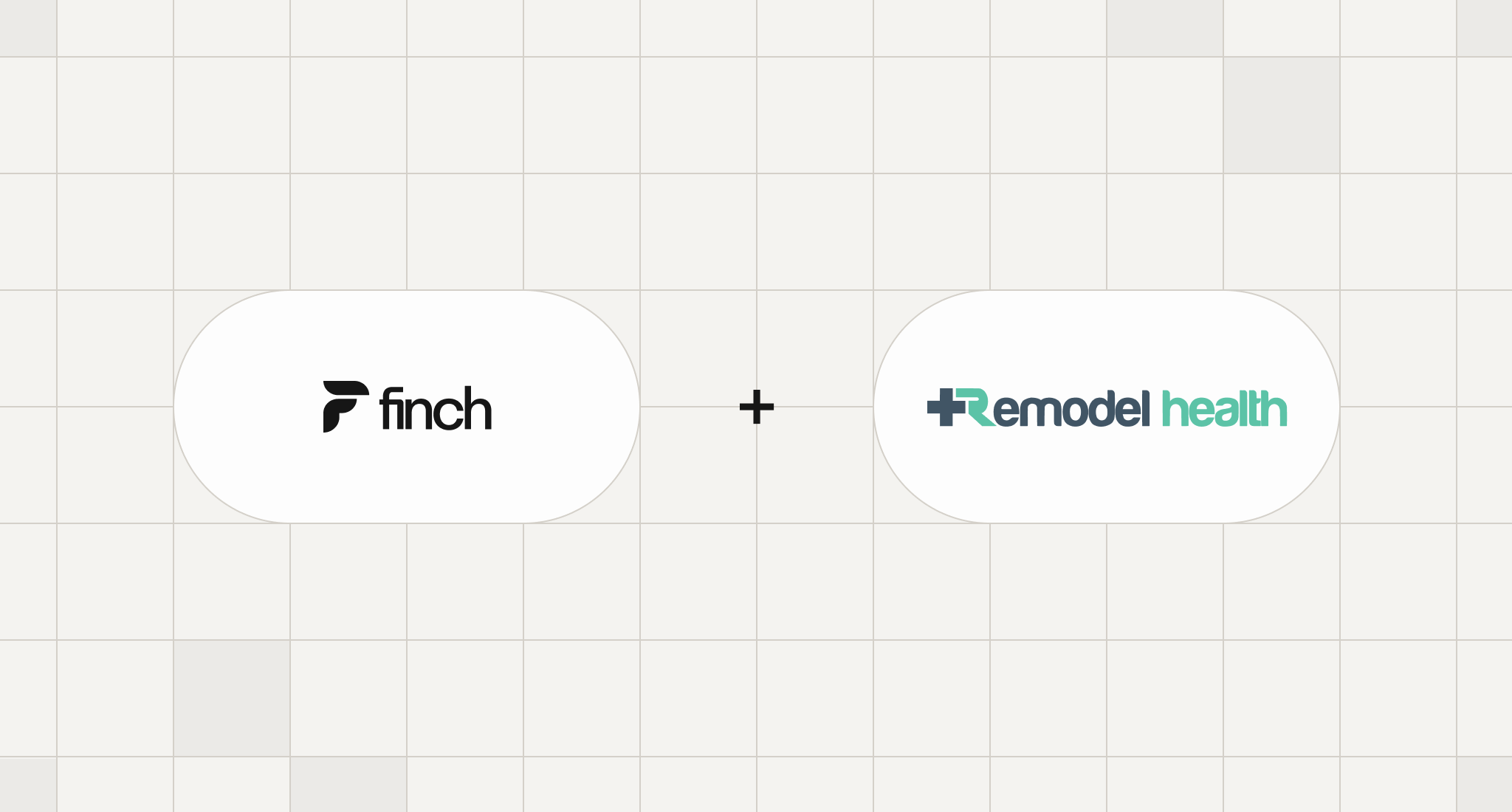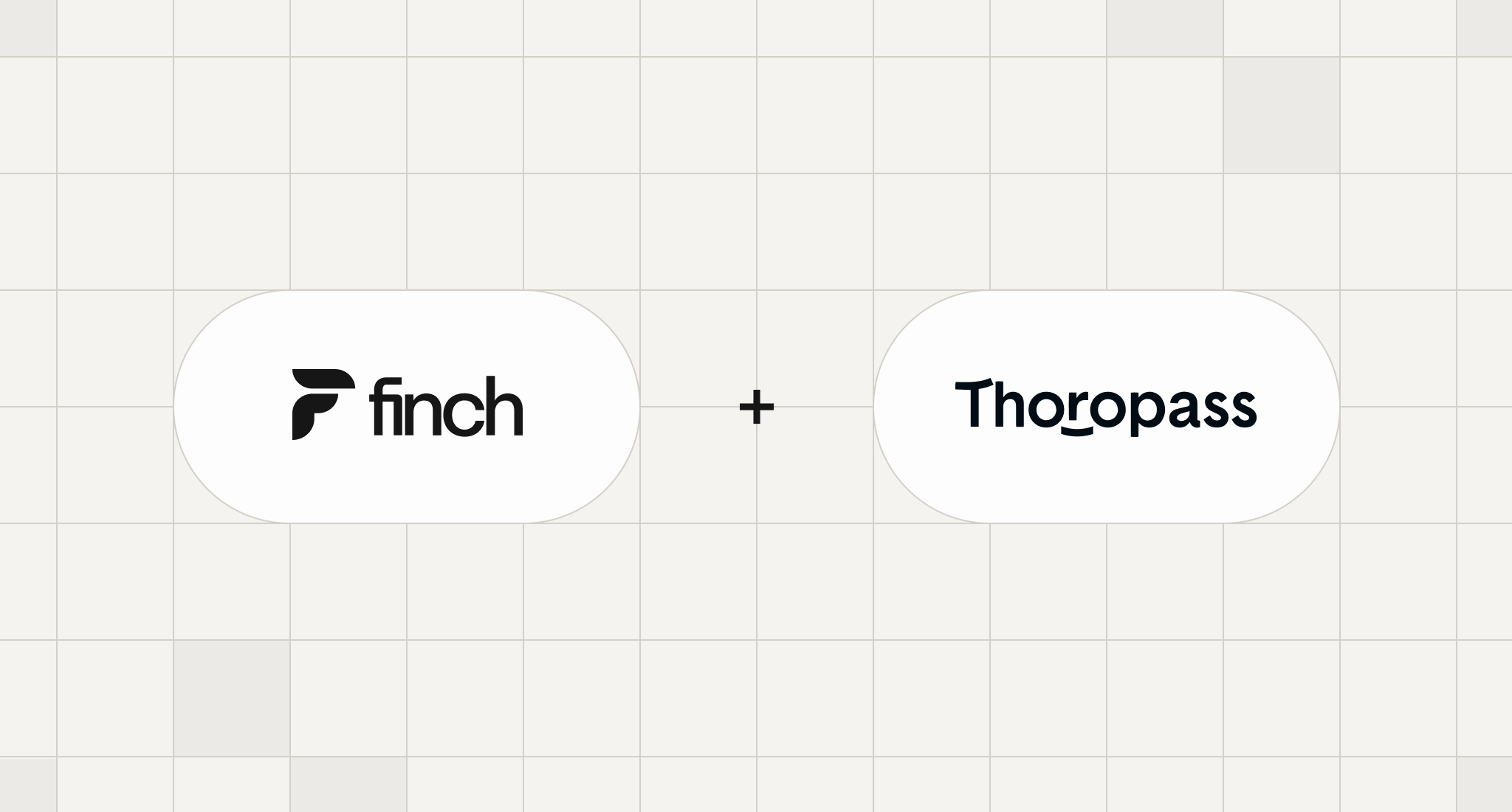
Finch Partners With isolved to Simplify and Standardize Integrations With Third-Party Applications
View blog post

[On-Demand Video] Rise of the Open Employment Ecosystem: Solving the Connectivity Challenges in HR, Benefits, and Fintech
View blog post

The Changing Retirement Landscape: How 401(k) Recordkeepers Can Thrive Under SECURE Act 2.0
View blog post











.png)



.png)











.png)




